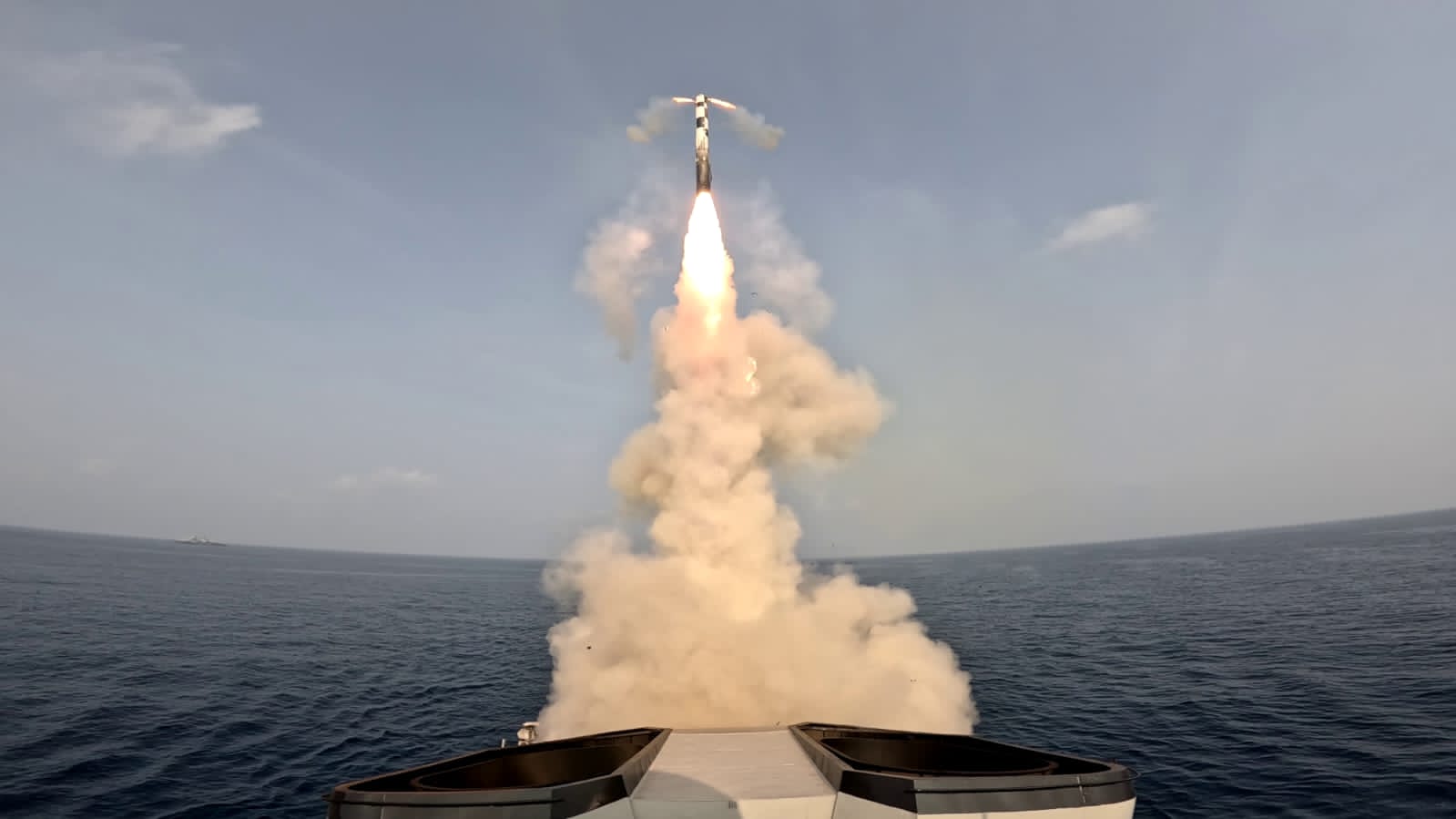By Ritu Sharma July 22, 2024
India’s sale of BrahMos supersonic cruise missiles to the Philippines has been seen as a strategic turning point, with New Delhi taking a stand in the South China Sea disputes.
Tata Chair for Strategic Affairs and a senior fellow at the Carnegie Endowment for International Peace, Ashley Tellis, while conceding that BrahMos is a remarkable contribution to the Philippines’ security, said that in the absence of the C4ISR capability, the Southeast Asian country will not be able to use it “effectively.”
In simpler words, C4ISR is the “nervous system” of the military aimed at increasing situational awareness. Various systems work in tandem to collect massive amounts of data from multiple sensors and databases. This data, as an end product, is used for targeting.
C4ISR technologies are the bedrock of any mission, and the components must work in tandem to effectively enable the “muscle” side of the military—weapons, platforms, and troops. C4ISR networks collect massive amounts of data from multiple sensors, databases, and other sources worldwide. The data is fused, processed into usable information, and shared securely among authorized users.
The former senior advisor to the US State Department said that the missile was a “wonderful symbol but not of much operational use.”
Speaking at a two-day Defense News Conclave in New Delhi organized by the US Consulate in Kolkata and think tank CUTS International, Tellis discussed strengthening the capabilities of the littoral countries in the Indo-Pacific and made a case for India and the US to do it in concert.
Tellis said that the US could help. “But we want to avoid situations where we are doing post-facto remediation. What we want to do is premeditated cooperation. And so, when we pursue initiatives of this kind, it is useful for the partners to talk to one another.”
The Philippines is the first export customer for the BrahMos cruise missile. India delivered the missiles to the archipelagic country in 2024 amidst rising tensions with China in the South China Sea. The country is constructing its first BrahMos anti-ship missile base at the Naval Station Leovigildo Gantioqui in Zambales, Western Luzon.
Satellite imagery reveals that the missile base faces the contested South China Sea. It includes a high-bay facility for missile maintenance and assembly and a sheltered magazine bunker for storage. The base is strategically positioned to bring the disputed Scarborough Shoal occupied by China within the missile’s strike envelope.
Commander Kulshreshtha said: “When used as a C4ISR system component, Brahmos is a force multiplier in the larger frame of tactical warfare capability…. Brahmos is a very effective and deadly missile system for Surface Warfare in a standalone mode and also, as part of the Cooperative Engagement Capability (CEC) of any military.” He sees Brahmos as a key armament in the emerging Indo-Pacific scenario. He contends that the missile system can be integrated conveniently into any of the C4ISR systems the Philippines or any other nation would like to take up, and hence, inherently integrable.

The C4ISR Technology To Guide BrahMos
In simpler words, the Philippines needs to see far to shoot far. Without long-range ISR capabilities, the country is unlikely to exploit the full range of the BrahMos missile.
The island country does not have over-the-horizon (OTH) radar, long-range reconnaissance unmanned aerial vehicles, or dedicated airborne warning and control (AEW&C) aircraft.
“Within the precincts of C4SIR principles, a missile system like Brahmos forms an integral part of Threat Perception & Resource Allocation,” Kulshreshta said.
He adds: “The deployment of BrahMos by the Philippines shall become a primary deterrent to the Chinese maritime militia, who would avoid venturing into the Brahmos kill zones. Here, the Philippines, too, has the option to operate the Brahmos as a cluster of SSMs (Surface to surface-to-surface missiles) with Command & Guidance mobile units. During any hostilities, the mobile version of a missile complex stands a better survivability chance when compared to a fixed land-based missile site.”
Also, Scarborough Shoal is a stationary target whose coordinates are well known, so the country would not need sophisticated ISR technology to target it.
BrahMos’ mid-course guidance utilizes the Inertial Navigation System, and the terminal phase relies on the homing radar seeker. The GPS or GLONASS link augments the accuracy of this missile guidance. This capability gives it to take a shot at moving targets.
This has been in line with the 2014 EDCA (Enhanced Defense Cooperation Agreement), providing continuous aerial surveillance capability to the Philippine military. “Temporarily” is a key word here, as the country’s 1987 constitution prohibits the permanent basing of foreign military forces in its territory.
The US Marine Corps MQ-9A started operating from the Philippine Air Force base Basa at Manila’s request to support intelligence-sharing efforts between the US Indo-Pacific Command and the Armed Forces of the Philippines.
Under EDCA, Basa is also slated to receive a slew of US-funded upgrades. So far, it has undergone runway renovation and expansion, received a new command and control facility, and also had a humanitarian assistance and disaster relief warehouse.
- Ritu Sharma has been a journalist for over a decade, writing on defense, foreign affairs, and nuclear technology.
- The author can be reached at ritu.sharma (at) mail.com
- Follow EurAsian Times on Google News
